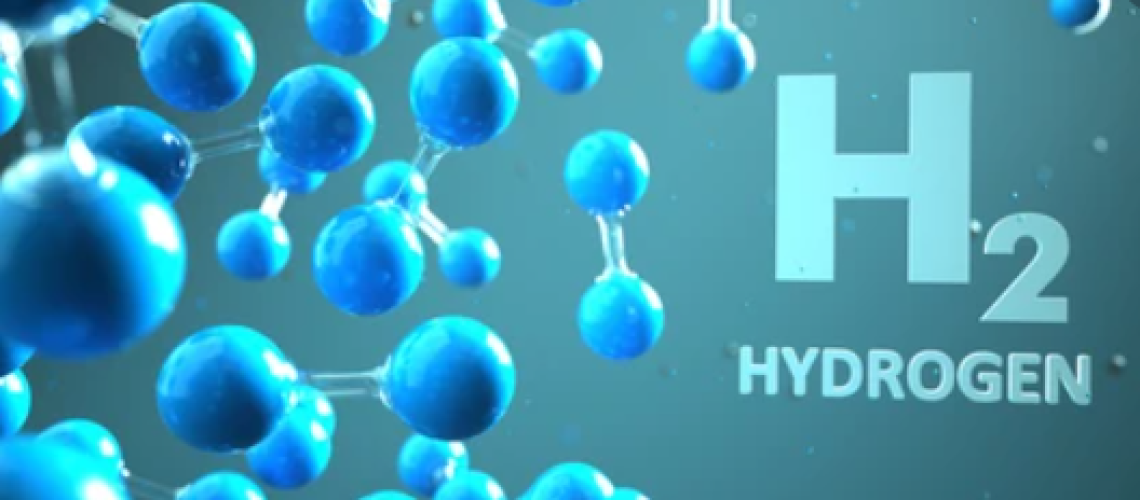Owing to the implementation of strong environmental regulations, utilization of heavy crudes and upgrading the bottom of the barrel, the requirement for hydrotreatment in petroleum refineries is increasing day by day. Hydrotreating units require hydrogen to produce low-sulfur fuels with improved quality parameters. The demand for hydrogen can be met with the installation of new hydrogen generation plants and also to some extent hydrogen can be recovered from various refinery off-gases streams.
Most modern refineries can benefit from hydrogen recovery and purification techniques. The minimum possible Hydrogen should be bled to fuel the gas system. Recovered hydrogen can be utilized at process units. Further, Hydrogen burns hotter than other gases, so it raises the temperature of fuel gas combustion, which can limit fired heaters constrained by tube temperature limits.
Following are some common techniques applied in petroleum refineries to recover and improve the purity of Hydrogen gas;
1. Pressure-swing adsorption (PSA)
Pressure-swing adsorption (PSA) hydrogen purification system improves hydrogen purity up to 99:99%. It recovers 75~90% of the hydrogen from the feed gas stream. Modern Steam Methane Reforming units and refinery off-gas streams include a PSA unit. In newer units, pressure-swing adsorption removes nearly all contaminants. A hydrogen purification PSA unit utilizes solid adsorbents –molecular sieves, activated carbons, silica gels and activated aluminas. For carbon, silica and alumina, separation is due to their differential tendency to adsorb different gases. PSA cycles include pressurization, depressurization and purging. The rejected tail gas, a low-Btu mixture containing methane, CO and CO2, can be used in fuel gas systems.
2. Membrane Units
Membrane-type Hydrogen purification systems employ semipermeable membranes to purify hydrogen up to 85~98% purity. H2 recovery in membrane units ranges from 80 to 99%. The driving force for Hydrogen membrane separation is the pressure differential across the membrane. There is a compromise between H2 recovery and product purity. For higher recovery lower purity of product gas is obtained and vice versa.
3. Cryogenic Process or Cold Box Units
Cold box units can be designed to separate H2 and CH4 from other gases, to separate H2 and N2 from CO, etc., at cryogenic temperatures.

Some other methods being used to purify the hydrogen gas stream are as follows;
4. Amine Scrubbing Units
Amine units (scrubbers) remove H2S (and in certain instances CO2) from off-gas streams and move the H2S to a Sulfur Recovery Plant. Scrubbed gases often contain recoverable hydrogen. Gases may be purged from the system to manage the purity of recycle gas, improve operability, or occasionally for pressure control. Scrubbed gas contains < 20 ppm H2S and can be further treated in the PSA unit to improve the Hydrogen purity.
5. Lean Oil Recovery (LOR)
Lean Oil Recovery (LOR) system recovers C3~C6 hydrocarbons from the refinery off-gas streams. The hydrocarbon-rich oil goes to a stripper, where the hydrocarbons are covered. LOR is one of the most cost-effective hydrogen purification units in the refinery.
Top References
- Springer Handbook of Petroleum Technology by Hsu Robinson





